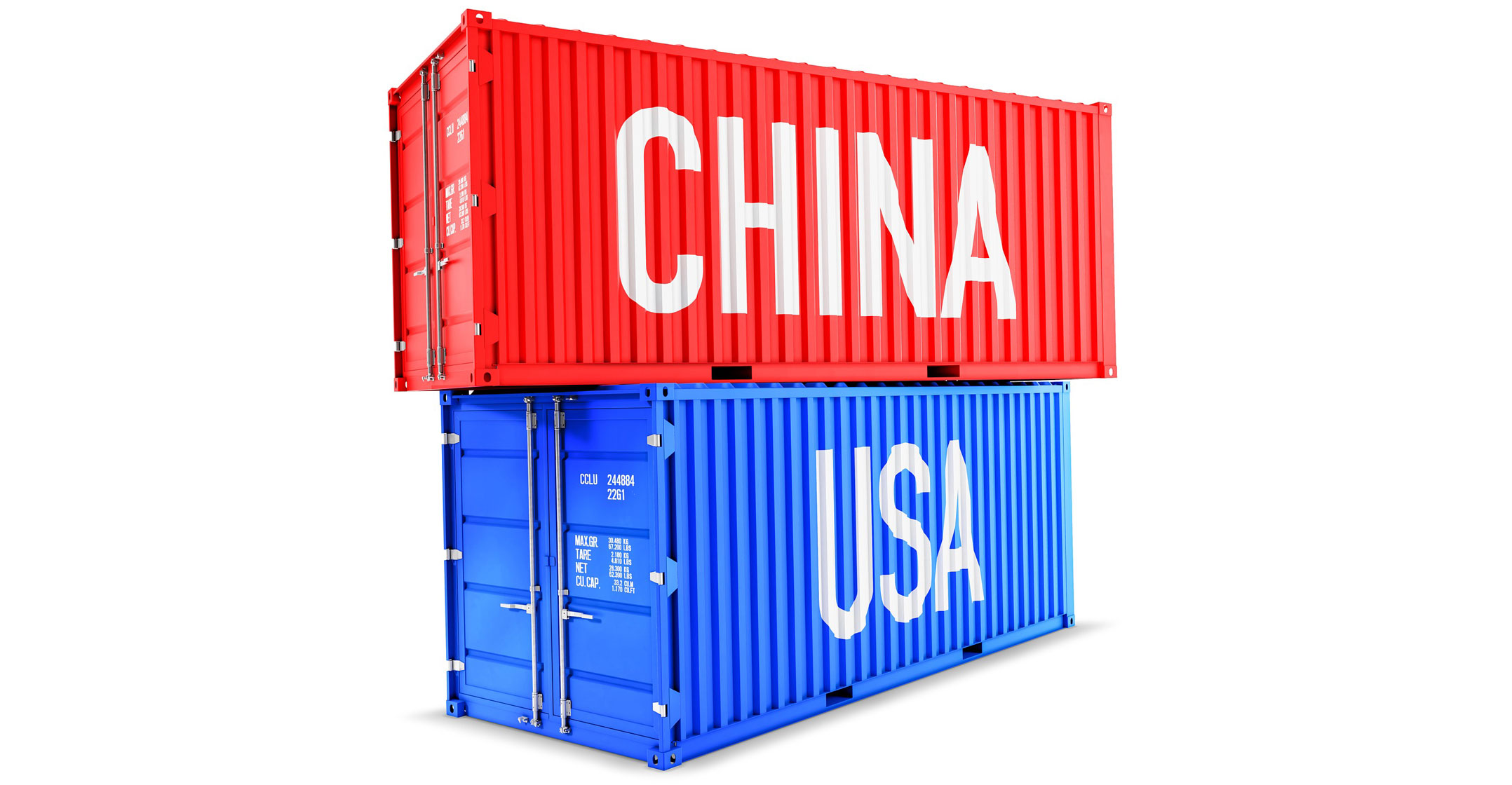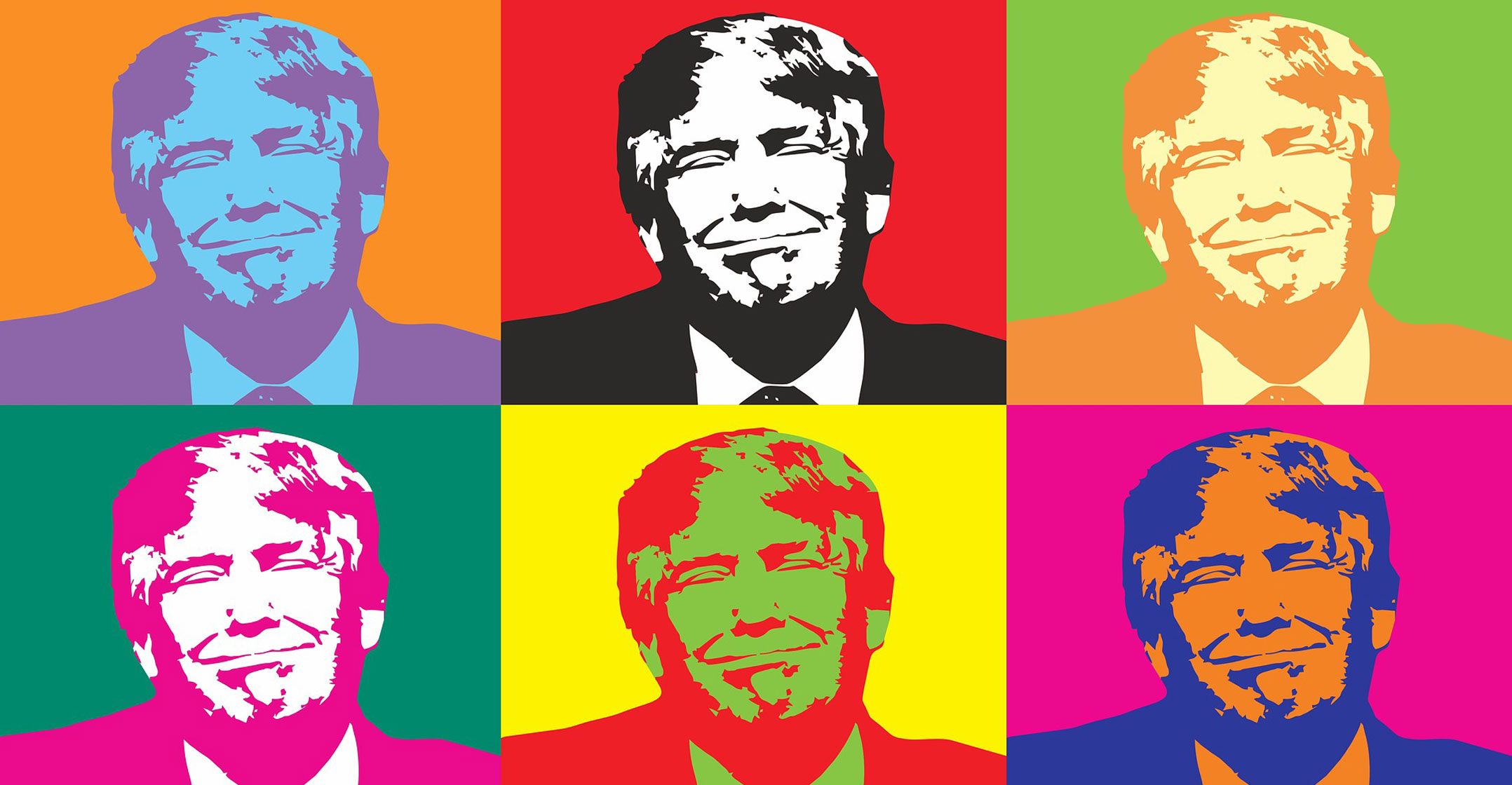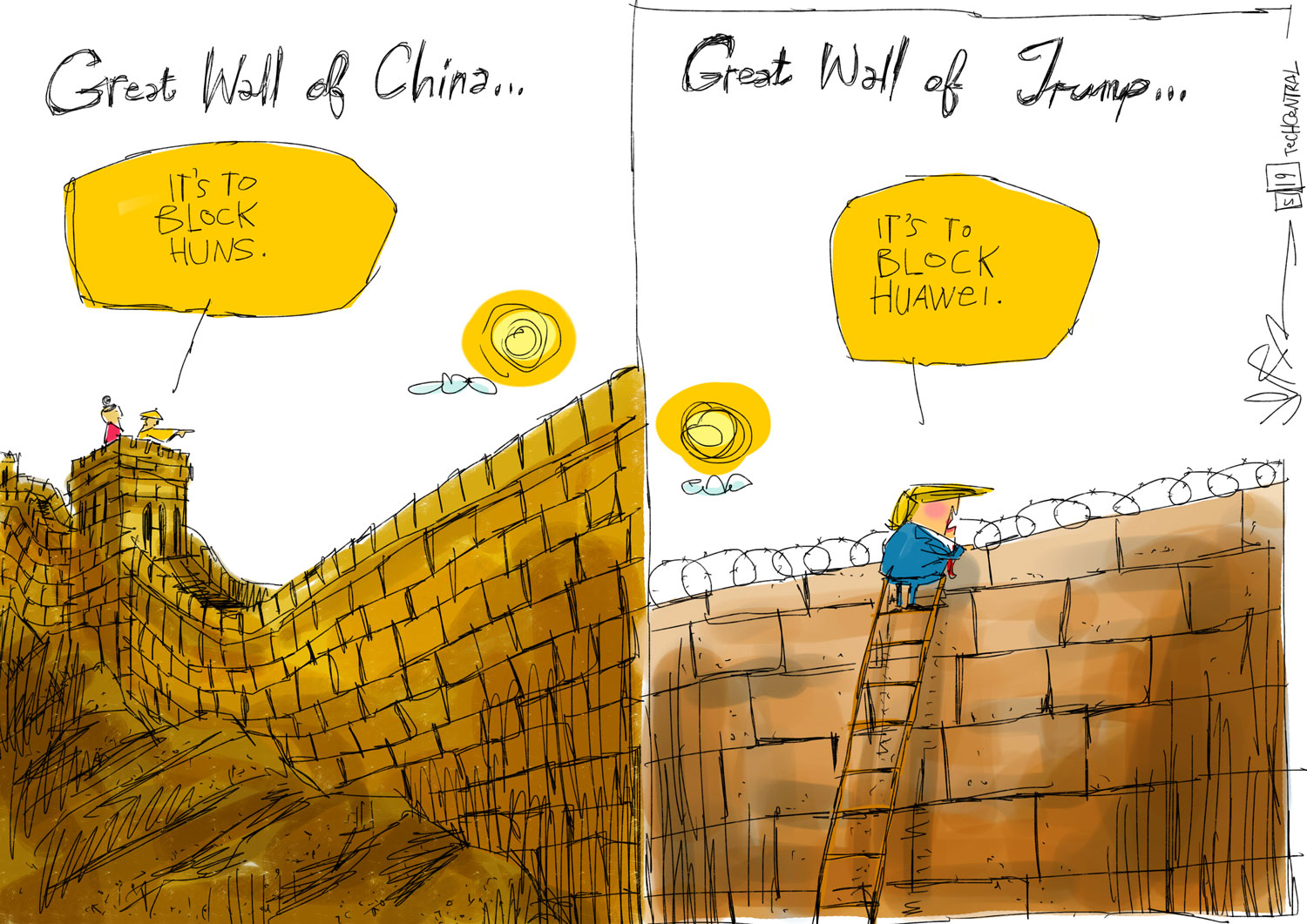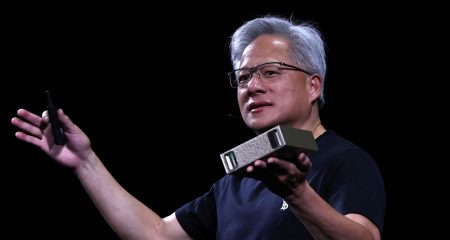 US President Donald Trump has abruptly escalated his trade war with China, announcing that he would impose a 10% tariff on a further US$300-billion in Chinese imports in a move set to hit American consumers more directly than any other in his trade wars so far.
US President Donald Trump has abruptly escalated his trade war with China, announcing that he would impose a 10% tariff on a further US$300-billion in Chinese imports in a move set to hit American consumers more directly than any other in his trade wars so far.
The new import taxes, which Trump later said could go “well beyond” 25%, will be imposed beginning 1 September on a long list of goods expected to include smartphones, laptop computers and children’s clothing. They will come on top of the 25% duty in place already on some $250-billion in Chinese goods and mean that almost all trade with China will be subject to new taxes.
The threat marks the biggest escalation so far taken by the Trump administration and brings a surprise end to a truce that had been in place since the president met Xi Jinping, his Chinese counterpart, in Osaka at the end of June. Markets tumbled in response, with major Asian indices as well as US stock futures falling. The yen rose and the yuan touched its lowest level since November.
China’s Foreign Minister Wang Yi made the first official response to Trump’s escalation. “Imposing new tariffs is absolutely not the right solution to trade frictions,” he told a local Chinese television station while attending an Asean meeting in Bangkok.
Japanese benchmarks fell more than 2%. South Korean shares hit their lows of the day after Japan took its own trade-restriction move, directed at Korea. Chinese and Hong Kong stocks also slumped.
China’s response to the escalation is complicated by the fact that the Communist Party’s top leadership is likely decamping this week to the seaside resort of Beidaihe for their annual two-week policy enclave. Officials from Xi downward disappear from public view as they privately debate policy.
In a tweet, Trump said China had not lived up to a promise Xi made in Osaka to buy US agricultural goods and to halt illegal exports of fentanyl. The president later told reporters he’s “not concerned at all” about the negative reaction from markets.
No new proposals
“I think they want to try and make a deal with us, but I’m not sure,” Trump said in a Thursday evening rally in Cincinnati. “Until such time that there is a deal, we will be taxing the hell out of China.”
Six people familiar with the discussions said that during meetings with US trade representative Robert Lighthizer and treasury secretary Steven Mnuchin in Shanghai earlier this week the Chinese side had also made no new proposals. That had left the way out of an impasse in talks over the substance of a deal that the two sides hit in May unclear, which prompted the administration to decide to increase pressure further on Beijing at a White House meeting on Thursday.
In comments to reporters, Trump said there were no plans to reverse a decision made in Osaka to allow more sales by US suppliers of non-sensitive products to blacklisted Chinese telecommunications giant Huawei.
Trump in a series of tweets announcing the new tariffs left the door open to further talks.

“We look forward to continuing our positive dialogue with China on a comprehensive trade deal, and feel that the future between our two countries will be a very bright one,” he said. Later, speaking to reporters as he departed the White House for the campaign rally, he complained that Xi isn’t “going fast enough”.
Both China and the US said after this week’s talks that their negotiators would regroup in Washington in early September. People close to the administration said they were still planning for those talks to go ahead.
“Assuming Trump’s tweet becomes policy, we’d expect a proportionate reaction from China. That would mean more tariffs on imports from the US. We don’t think China would shoot itself in the foot with harassment of US firms or sales of US treasuries.”
But they also said the president and his advisers had grown increasingly wary of what appeared to be China’s efforts to extend the talks into next year with an eye toward a possible change of administration after the 2020 presidential elections. That feeling, they said, had only grown since Osaka on the back of China’s failure to live up to its promise to ramp up agricultural purchases and the outcome of the Shanghai meeting appeared to confirm that.
China has insisted that it wants to see all tariffs lifted as part of a deal. But according to one person familiar with the discussions, Chinese negotiators in Shanghai insisted that levies would have to be lifted before they would deliver on any reforms, something the US has said it would not commit to.
Trump rejected the advice of Mnuchin and ruled out giving Beijing advance notice of the tariffs during a White House meeting shortly before announcing the move in a tweet.
Angry response
The tariff move drew an immediate angry response from a US business community that has been pushing for Trump to end a trade war that they see as increasingly weighing on the US and global economies. Federal Reserve chairman Jerome Powell on Wednesday cited the risk of escalating trade tensions as a major one for the US economy as the Fed cut rates by 25 basis points, mentioning the word trade 26 times in his news conference.
“Raising tariffs by 10% on an additional $300-billion worth of imports from China will only inflict greater pain on American businesses, farmers, workers and consumers, and undermine an otherwise strong US economy,” said Myron Brilliant, head of international affairs at the US Chamber of Commerce.
The US trade representative’s office said it will release the final, official list of products to receive the higher taxes in the coming days.
Analysts said the decision to walk away from the Osaka truce indicated a level of desperation by an administration whose efforts to force China to commit to economic reforms were going nowhere.
 US officials reported to Trump that Chinese negotiators refused to commit to improving intellectual property laws, cracking down on fentanyl trafficking, or buying more from American farmers until a comprehensive and binding trade deal is sealed, according to several people briefed on the matter.
US officials reported to Trump that Chinese negotiators refused to commit to improving intellectual property laws, cracking down on fentanyl trafficking, or buying more from American farmers until a comprehensive and binding trade deal is sealed, according to several people briefed on the matter.
Trump’s “trade war with China has failed and he is doubling down on a failing strategy”, said Edward Alden, a senior fellow at the Council on Foreign Relations. “The whole purpose of the tariffs was to force China to make structural changes to its economy. But the tariffs have failed to do that. China is prepared to live with the pain rather than make the changes the US wants.”
Victor Shih, a China expert at the University of California San Diego, said if the tariffs were imposed as threatened Beijing would find new ways to respond.
“If this were to go into effect, China almost certainly will retaliate in some fashion,” Shih said. “The soft delays and suspension in purchasing Boeing aircraft may harden into official policy. Also, China may impose fines and restrictions over services vendors with large presence in Greater China.” — Reported by Shawn Donnan, Jenny Leonard and Natalie Lung, with assistance from David Wainer, Mike Dorning, Jennifer A Dlouhy, Mark Niquette, Justin Sink, Jeffrey Black, Yinan Zhao and Miao Han, (c) 2019 Bloomberg LP




